Railway asset management is a complex and dynamic field that requires precise planning, real-time data access, and efficient decision-making. The incorporation of Geographic Information Systems (GIS) into railway asset management has revolutionised how railways plan future developments, and execute maintenance tasks.
The Role Of GIS
GIS is a critical tool in modern railway asset management. It allows railway operators to visualise, analyse, and interpret data in a spatial context, making it easier to manage vast networks of tracks, stations, and other infrastructure elements. By mapping assets geographically, rail operators can gain a clearer understanding of their location. Maps can also help operators understand the relationship with other network components.
GIS capabilities extend beyond simple mapping. It enables users to integrate and overlay multiple data sources. Track geometry, signal locations, and environmental factors can be displayed in one cohesive visual representation. This view empowers railway companies to make informed decisions regarding maintenance priorities, asset renewals, and safety enhancements.
Enhancing Workbank Planning
Workbank planning is an essential aspect of railway asset management. It encompasses the scheduling and prioritisation of maintenance activities, renewals, and inspections. Effective workbank planning ensures that the right resources are allocated to the right tasks at the right time. This helps by minimising disruption to railway operations and maximising asset longevity. We took a further look at workbank planning for rail in our article Improving renewal and maintenance of assets with workbank planning.
Rail BI takes workbank planning to the next level by integrating GIS with robust planning tools. The platform allows users to visualise planned work in relation to existing assets. This spatial awareness helps planners identify potential conflicts. It can also optimise resource allocation, and ensure that maintenance activities are conducted efficiently and safely. Additionally, the platform’s ability to simulate various scenarios aids in refining planning strategies and preparing for unexpected challenges.
Business Intelligence In Railway Asset Management
In today’s data-driven world, business intelligence (BI) is crucial for railway operators looking to optimise their asset management strategies. Rail BI incorporates advanced business intelligence tools that turn raw data into actionable insights. It also helps railway operators make informed decisions that improve efficiency and reduce costs.
The platform’s capabilities are tightly integrated with its GIS features. This allowing users to perform in-depth analyses of spatial data alongside traditional metrics. This integration provides a comprehensive view of railway operations, enabling users to identify trends, forecast future needs, and evaluate the performance of various assets over time. Utilising a combination of GIS, workbank planning, and business intelligence creates a powerful toolset for rail asset management and planning. Our platform’s ability to integrate diverse data sources into a single, user-friendly interface allows railway operators to gain an overall view of their networks, enabling better decision-making and more efficient use of resources.
Rail BI empowers operators to optimise operations and make better data-driven decisions. For more information about our platform and to see how using business intelligence can significantly improve your planning for rail maintenance, upgrades and more, contact one of our team today for a demo of our rail planning platform
